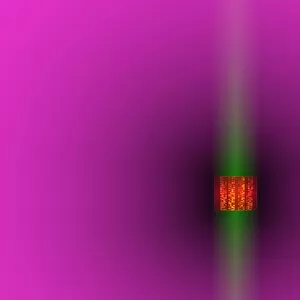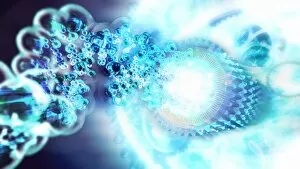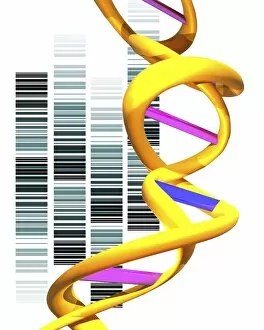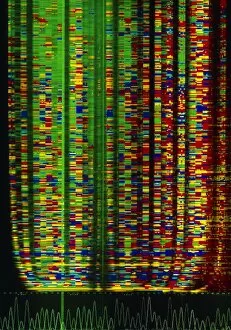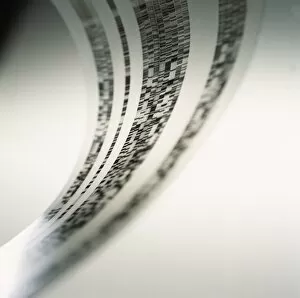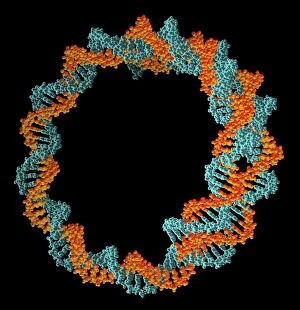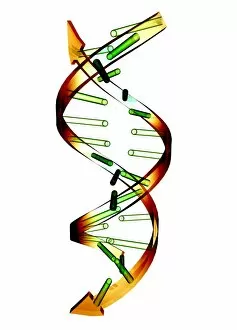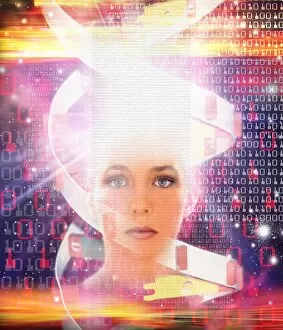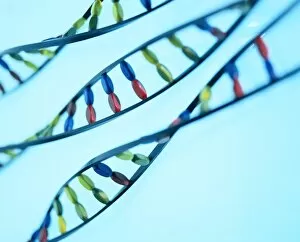Bases Collection (#10)
"Bases: Unveiling the Blueprint of Life" In a world where knowledge is power, bases hold the key to understanding life's intricate design
For sale as Licensed Images
Choose your image, Select your licence and Download the media
"Bases: Unveiling the Blueprint of Life" In a world where knowledge is power, bases hold the key to understanding life's intricate design. From computer screens displaying human genetic sequences to mesmerizing double-stranded RNA molecules, these tiny building blocks shape our very existence. The DNA molecule, both in its natural form and as a computer model or artwork, stands as an emblem of life's blueprint. Its elegant structure unravels the secrets hidden within our cells, guiding scientists on their quest for answers. As we delve into history, we find that even explorers like those from the Second Byrd Antarctic Expedition sought out bases - not only geographical ones but also those encoded within us. Their discoveries paved the way for future generations to explore new frontiers in genetics. From ancient times to modern-day advancements, they have played a crucial role in shaping our world. The plan of Silchester from 1777 reveals how early civilizations recognized the importance of understanding their surroundings and establishing strong foundations. Yet it is not just scientists who rely on bases; ground crews at RAF Leuchars found solace in their crew room amidst complex operations. These individuals understood that collaboration and relaxation were essential ingredients for success. Zooming out further, panoramic maps by G. H. Davis showcase how interconnectedness spans beyond individual genomes. Bases unite us all under one vast Mediterranean sky – reminding us that despite our differences, we share common origins rooted deep within our DNA. Artistic interpretations through autoradiograms highlight the beauty hidden within these molecular codes. They serve as reminders that even science can be art – capturing both imagination and curiosity simultaneously. Lastly, mitochondrial DNA reminds us of our ancestral roots and highlights how these precious they can passed down through generations – connecting past with present and future alike. In this captivating journey through time and science, "bases" emerge as more than mere letters representing nucleotides; they embody humanity's insatiable thirst for knowledge, our relentless pursuit of understanding the very essence of life itself.

